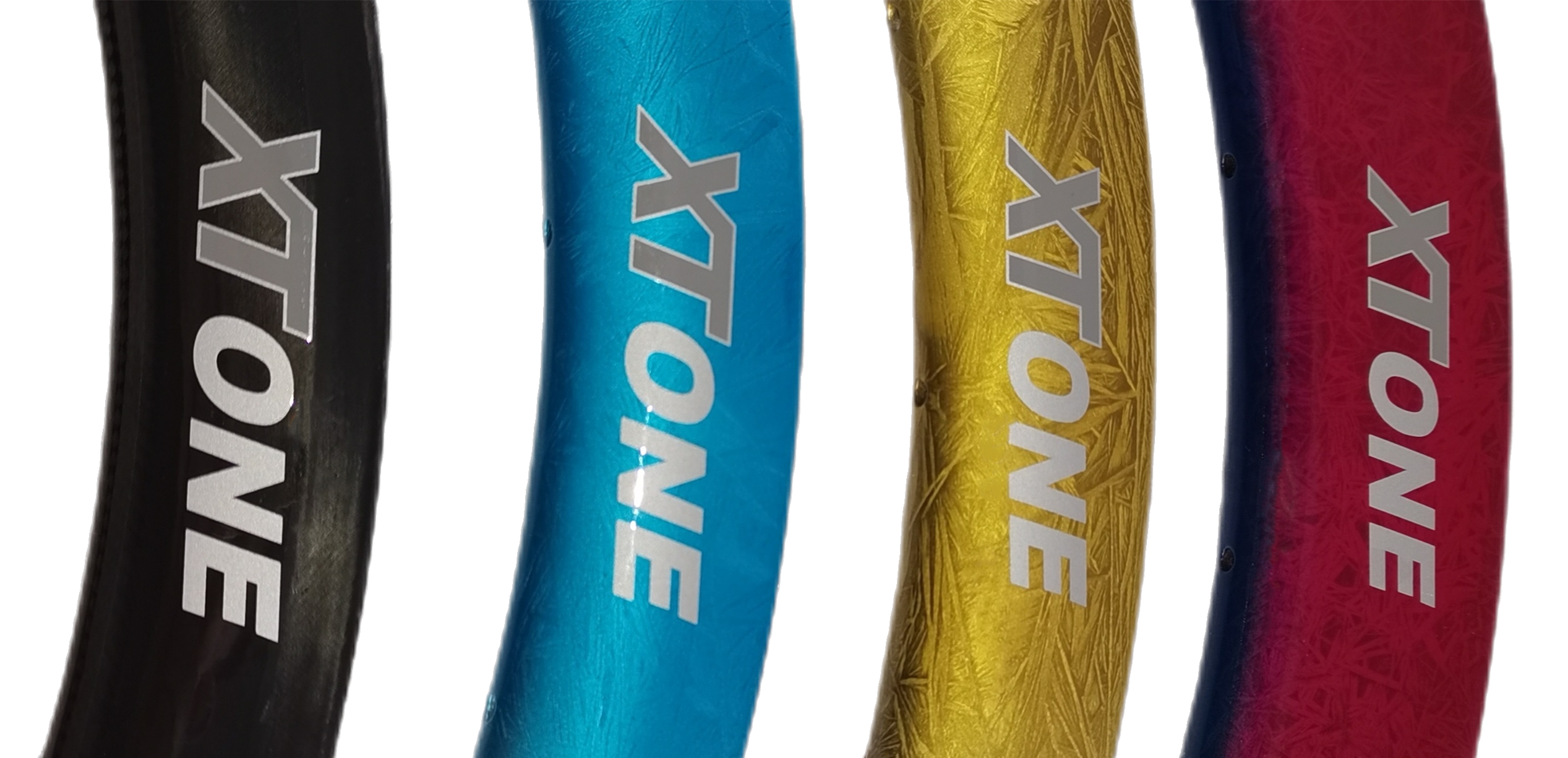Clincher Tires Explained: Your Guide to This Popular Bike Tire Type
Have you ever wondered what a clincher tire is and why it so popular? Look no further. In this blog post we are going to cover what is a clincher tire, its features, advantages, and how they stack up against other tire types. It doesn’t matter if you are an experienced cyclist or a beginner, it is important to understand what is a clincher tire to ensure smooth and seamless ride.
What is a Clincher Tire?
There is a good chance that you are riding on a clincher tire right now. That’s just how common these types of tire are. But what exactly is a clincher tire? To put it in simple words, a clincher tire is a type of tire that uses a bead of hard rubber to attach onto the rim of your wheel. Since this bead clinches into the rim, it creates a secure and airtight seal.
Clincher tires normally require a separate inner tube to hold the air, unlike tubular tires that are directly glued onto the rim. The inner tube is placed inside the tire and inflated, therefore pressing the tire's bead against the rim. As a result of this design, it is pretty easy to install, remove, and repair clincher tires, explaining why they are so popular among cyclists.
Advantages of Clincher Tires
A key advantage of clincher tires is that they are so versatile. They come in a variety of sizes, including wide mountain bike tires and narrow road tires. This ensures that you can choose the most ideal tire that suits your riding style and terrain. Moreover, clincher tires are affordable compared to tubular tires, thus making them easily accessible and the right option for cyclists operating on stringent budgets.
On top of that, cincher tires are also easy to repair. In case of a flat tire, you can easily and quickly remove the inner tube, replace it or patch it, and get back on the ride. Long distant riders particularly appreciate this convenience where access to bike shops may be limited.
Choosing the Right Clincher Tire
Choosing the right clincher tire for your bike involves a few considerations, including:
1. The size of the tire: As I have mentioned above, clincher tires are designed in different sizes, usually calibrated in millimeters. So, your bike frame and the type of riding will decide the size of the clincher tire you choose. For example, narrow tires (23-25mm) are ideal for road cycling, whereas wider tires (28mm and up) offer more comfort and stability for gravel or off-road riding.
2. Tire Tread: Many cyclists often ignore the significance of the treat pattern on their clincher tires. However, this pattern affects the performance of the tire on different surfaces. For instance, smooth, slick tires are usually perfect for paved surfaces, while tires that feature more pronounced treads are ideal for off-road conditions.
3. Tire Compound: The rubber compound used in the construction of the tire can affect its grip, rolling resistance, and eve n its durability. Higher-clincher tires usually use more advanced compounds for better performance in different surfaces.
Maintaining Your Clincher Tires
We all want our clinchers tires to last as long as possible while providing safe, comfortable riding experience. To achieve this, it is important to properly maintain them. Here is how you can increase the longevity of your clincher tires through effective maintenance:
1. Regularly check tire pressure: Your tire pressure plays in important role in optimal performance and safety. Check the pressure of your tire using a tire gauge before getting on the road and inflate them to the recommended pressure range. This information is usually found on the sidewall of the tire.
2. Check out for wear and damage: You should frequently inspect your clincher tires for symptoms of wear, including cuts, cracks, or excessive tread wear. In case of any major damage, immediately replace the tire to prevent potential flats or blowouts.
3. Clean and Store Properly: Make sure you clean your clincher after each ride using mild soap and water. This will help remove dirt, debris, and harmful chemicals that may have gathered on the tires. After cleaning, store your bike in a cool, dry place to avoid untimely aging of the tire's rubber compound.
Clincher Tires vs. Other Tire Types
There is no doubt that clincher tires are very common among cyclists, they are not the only options on the market. So, let’s see how clincher tires compare with other types of tires:
1. Tubular Tires: If you have ever used tubular tires you know that they are glued onto the rim directly and have a sewn-in inner tube. This design creates a single, self-contained unit as well as reduce the net mass of the tire. As a result, tubular tires are lightweight and enhance ride quality, making them a popular option among professional cyclists. However, they are more difficult to install and repair compared to clincher tires.
2. Tubeless Tires: Just like clincher tires, tubeless tires are also hooked onto the rim. But the difference is that the latter don’t require an inner tube and instead, they create an airtight seal with the rim using a special sealant. Because of this, tubeless tires offer more improved puncture resistance, allowing for lower tire pressures. However, these types of tires can be more difficult to install and maintain compared to clincher tires.
Conclusion
Hope this article has helped you answer the question “what is a clincher tire? These kinds of tires are very common among cyclists because of their versatility, ease of repair, and affordability. As a cyclist, it is important to understand how to properly maintain clincher tires to ensure they are safe and provide comfortable ride. Whether you're commuting to work, exploring gravel roads, or racing on the road, clincher tires are a reliable choice that will keep you rolling for miles to come.

 USD
USD





